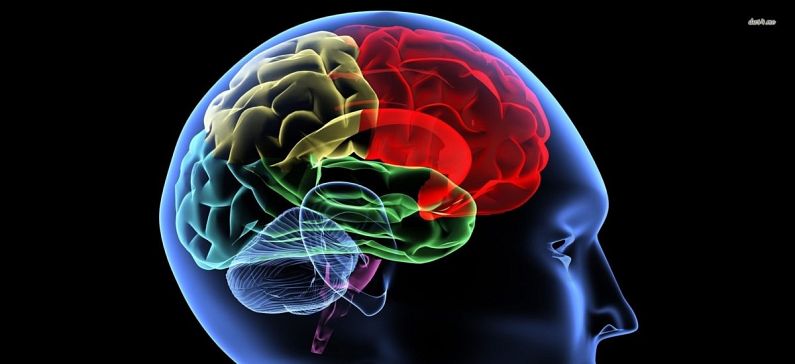
Decodes complex relationships between brain regions
Emmanuel A. Stamatakis is a Senior Research Fellow and leads the functional imaging team in the Division of Anaesthesia at the University of Cambridge.
He completed his MSc and Ph.D. in Medical Image Processing at the University of Dundee in Scotland, where he developed image processing algorithms for the interpretation of medical images.
He started working in the area of neuroimaging at the Department of Psychology, Stirling University, where he investigated the automated detection of perfusion deficits on SPECT scans of head injured and stroke patients.
In 2001, Dr. Stamatakis joined the Centre for Speech, Language and the Brain at the University of Cambridge, where he developed, implemented and taught structural/functional imaging protocols in the context of a variety of cognitive neuroimaging projects aimed at establishing the neural substrates of language function.
Stamatakis started his current post (Stephen Erskine Fellow at Queens’ College, Cambridge) in March 2008. During this time, he has been based in the Division of Anaesthesia, University of Cambridge, pursuing research in the neural substrates of consciousness in awake and sedated volunteers and patients with traumatic brain injury. He leads the functional imaging team and mentor both graduate students and post-doctoral fellows.
His research aims to decode complex relationships between remote and/or proximal brain regions, which form networks at rest or during goal directed behaviour. This includes work on network adaptive behaviour (reorganisation/plasticity) triggered by abrupt (e.g. trauma, stroke) or gradual structural changes (e.g. neuropsychiatric/neurodegenerative diseases, ageing), or pharmacological agents.
Dr Emmanuel A. Stamatakis is the co-author of several publications such as: “Age-related functional reorganization, structural changes, and preserved cognition”, “Default mode dynamics for global functional integration” and “Differentiating hemispheric contributions to syntax and semantics in patients with left-hemisphere lesions”.









